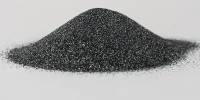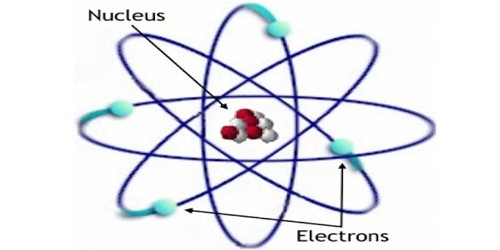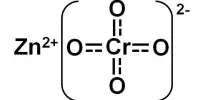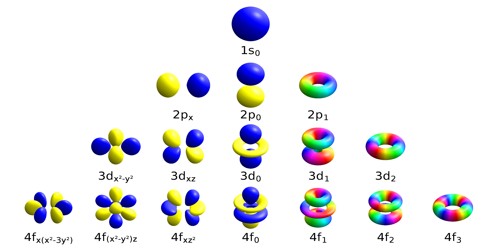Scandium phosphide is an inorganic compound of scandium and phosphorus with the chemical formula ScP. It belongs to a class of materials known as binary compounds, where two elements combine in a specific stoichiometric ratio. It is a high-temperature, stable semiconductor compound with a range of interesting properties that could have applications in electronic and thermal management technologies.
Synthesis
ScP can be obtained by the reaction of scandium and phosphorus at 1000 °C. It is typically synthesized in the laboratory by the direct reaction of scandium metal with phosphorus. This is usually done at high temperatures (around 800-1000°C) in a controlled atmosphere, often under vacuum or inert gases.
4 Sc + P4 → 4 ScP
Physical properties
This compound is calculated to be a semiconductor used in high power, high frequency applications and in laser diodes.
- Chemical formula: ScP
- Molar mass: 75.929670 g·mol−1
- Melting Point: ScP has a high melting point, though it is not precisely defined in literature. Given the properties of scandium and phosphorus compounds, it is expected to have a relatively high melting point in the range of 1600-1800°C.
- Density: The density of scandium phosphide is generally reported to be 4.35 g/cm³.
Crystal Structure
Scandium phosphide typically adopts a rock salt (NaCl) structure, where scandium and phosphorus atoms are arranged in a face-centered cubic (FCC) lattice. This structure is common for many binary metal phosphides.
Chemical properties
ScP can be smelted with cobalt or nickel through electric arc to obtain ScCoP and ScNiP.
Electrical and Thermal Properties
ScP is expected to be a semi-conductor or may exhibit p-type conduction behavior under certain conditions. This property makes it of interest for potential electronic and optoelectronic applications. It is also expected to have high thermal stability due to the strong ionic bonds between scandium and phosphorus.
Reactivity
Scandium phosphide is relatively stable under normal conditions but can react with water or oxygen. It may slowly oxidize in air, forming scandium oxide (Sc₂O₃) and phosphorus oxide (P₄O₁₀).
When heated in air, it may decompose to form scandium oxide and phosphine (PH₃), a highly toxic gas. It can also react with halogens and other reactive compounds under specific conditions.
Natural Occurrence
Scandium phosphide does not naturally occur in significant quantities in nature. However, scandium itself is a rare element, primarily found in minerals such as thortveitite and bastnäsite, which contain small amounts of scandium. Phosphorus, on the other hand, is widely available in nature, mostly as phosphate minerals in rocks and ores.
Applications
- Electronic Materials: Due to its semiconductor properties, ScP may have applications in optoelectronics, photovoltaics, or electronic devices.
- Thermal Conductors: Its high melting point and thermal stability suggest it could be useful in high-temperature applications.
- Phosphides in Catalysis: Metal phosphides like ScP are being investigated for use in catalysis, particularly in reactions involving hydrogenation or other transformations involving phosphorous compounds.
















